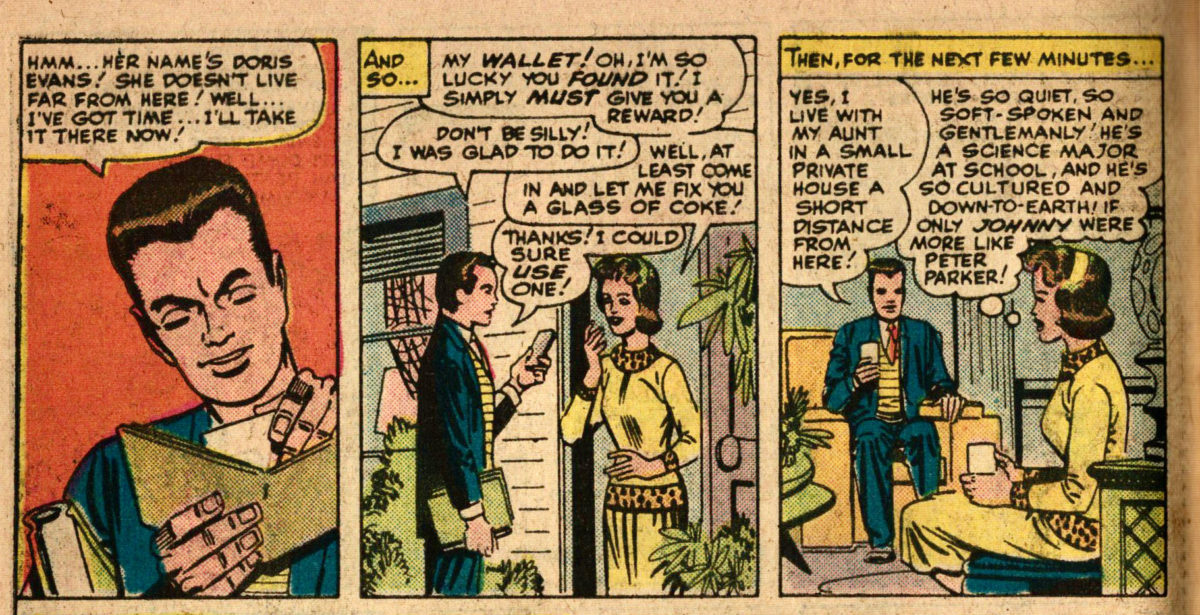Featuring: Nick Fury, Agent of SHIELD
Release: May 10, 1966
Cover: August 1966
12 cents
Script: Stan Lee
Layouts: Jack Kirby
Pencils: Don Heck
Inks: Mickey Demeo
Lettering: Sam Rosen
Weapons: Forbush Novelty Co.
12 pages
| Previous | #576 | Next |
|---|---|---|
| Tales to Astonish #83, Story B | Reading order | Strange Tales #147, Story B |
| Strange Tales #146, Story B | Strange Tales | Strange Tales #147, Story B |
…we of AIM feel we simply cannot deal with such an unlettered oaf! We find his very appearance offensive! The idea of America’s highest-priority counter-espionage leader going around in his shirtsleeves… unshaven, unkempt, and making a mockery of your own language– shocking!

Shadowy organizations. These secret power-hungry cabals. Hydra had been the big one, but they fell to SHIELD in Strange Tales #141. The Secret Empire seemed to collapse from within in Tales to Astonish #83. An unnamed shadowy cabal was behind Batroc in Tales of Suspense #75. Not sure if they are connected to one of these others, or their own thing.
Most relevant is the organization called Them. We learned they had employed the Fixer in Strange Tales #145. In Tales of Suspense #78, Fury warns Captain America that Them is a group of scientists looking to overthrow the government. We see they have beekeeper-like uniforms and work for someone called the Imperator. They send a Chemical Android after Captain America.
AIM (Advanced Idea Mechanics) is a defense contractor looking to supply the US government weapons to make up for the shutdown of Stark Industries. Count Bornag Royale is their representative, and has claimed SHIELD needs someone more sophisticated than Nick Fury at its helm.
AIM and Them seem to be the same organization, with AIM the public-facing front. In Tales of Suspense #79, we see Them/AIM is responsible for the return of the Red Skull and the creation of the Cosmic Cube. Fortunately, Captain America dealt with both threats. Seemingly for good.
We open with Fury returning from having led a successful mission against a swamp headquarters for Them.


































